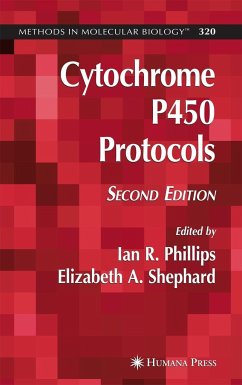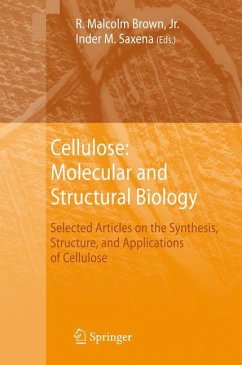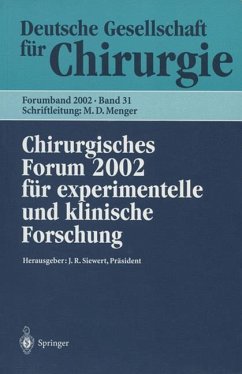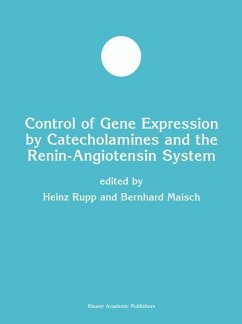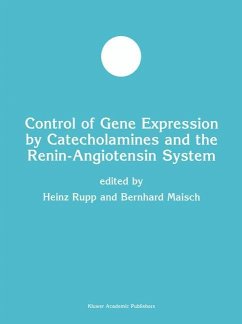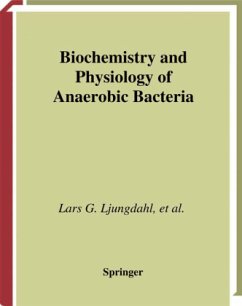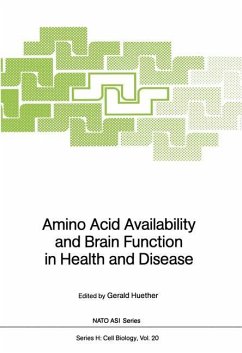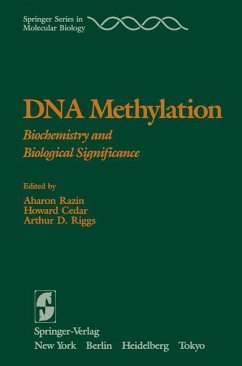
Chemistry and Biology of Pteridines and Folates
Proceedings of the 12th International Symposium on Pteridines and Folates, National Institutes of Health, Bethesda, Maryland, June 17-22, 2001
Herausgegeben: Shane, Barry; Milstien, Sheldon; Kapatos, Gregory; Levine, Robert A.

PAYBACK Punkte
58 °P sammeln!
Pteridine and folate research has long been recognized as important for many biological processes, such as amino acid metabolism, nucleic acid synthesis, neurotransmitter synthesis, cancer, cardiovascular function, and growth and development of essentially all living organisms. Defects in synthesis, metabolism and/or nutritional availability of these compounds have been implicated as major causes of common disease processes, e.g. cancer, inflammatory disorders, cardiovascular disorders, neurological diseases, autoimmune processes, and birth defects. Since pteridine and folate biology uses conc...
Pteridine and folate research has long been recognized as important for many biological processes, such as amino acid metabolism, nucleic acid synthesis, neurotransmitter synthesis, cancer, cardiovascular function, and growth and development of essentially all living organisms. Defects in synthesis, metabolism and/or nutritional availability of these compounds have been implicated as major causes of common disease processes, e.g. cancer, inflammatory disorders, cardiovascular disorders, neurological diseases, autoimmune processes, and birth defects.
Since pteridine and folate biology uses concepts and experimental techniques drawn from all of these disciplines, the breadth of this volume is its great strength, bringing together researchers from a wide variety of fields including biochemistry, chemistry, physics, biophysics, genetics, microbiology, cell and molecular biology, virology, immunology, cancer, neurobiology and medicine. This volume should be a valuable and unique reference work for scientists with interests in these areas as well as those seeking up to date information.
Since pteridine and folate biology uses concepts and experimental techniques drawn from all of these disciplines, the breadth of this volume is its great strength, bringing together researchers from a wide variety of fields including biochemistry, chemistry, physics, biophysics, genetics, microbiology, cell and molecular biology, virology, immunology, cancer, neurobiology and medicine. This volume should be a valuable and unique reference work for scientists with interests in these areas as well as those seeking up to date information.






